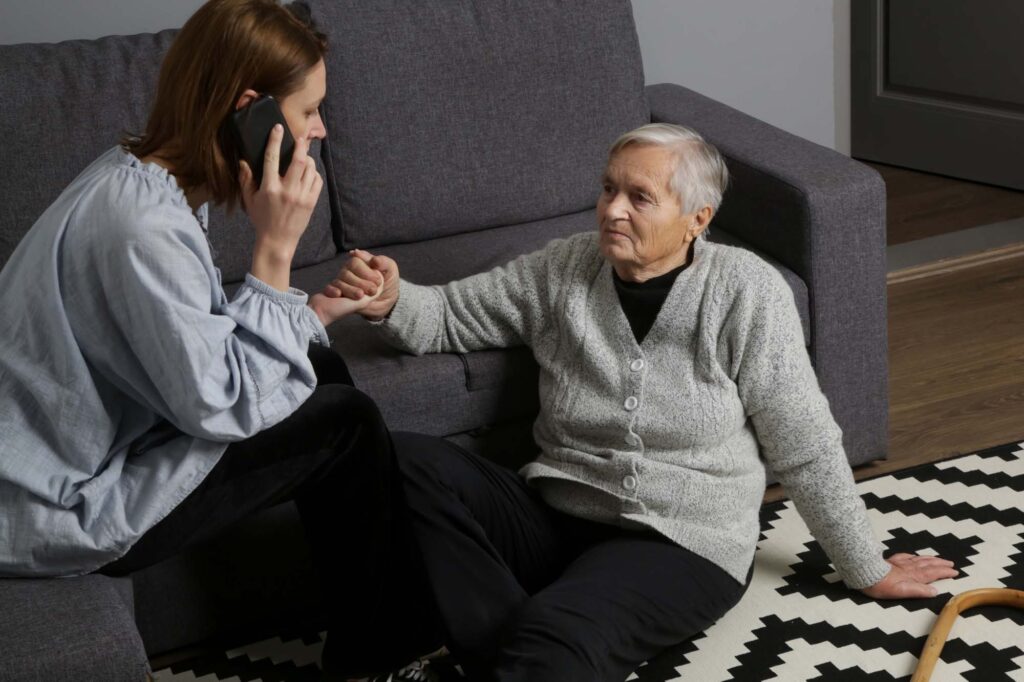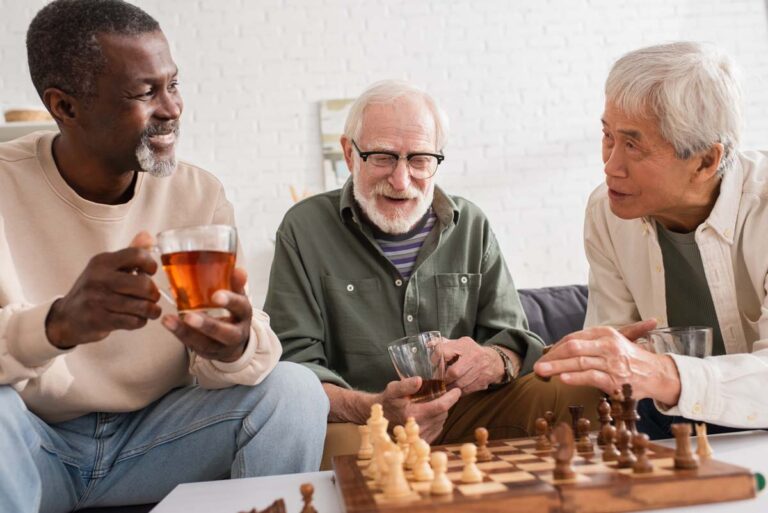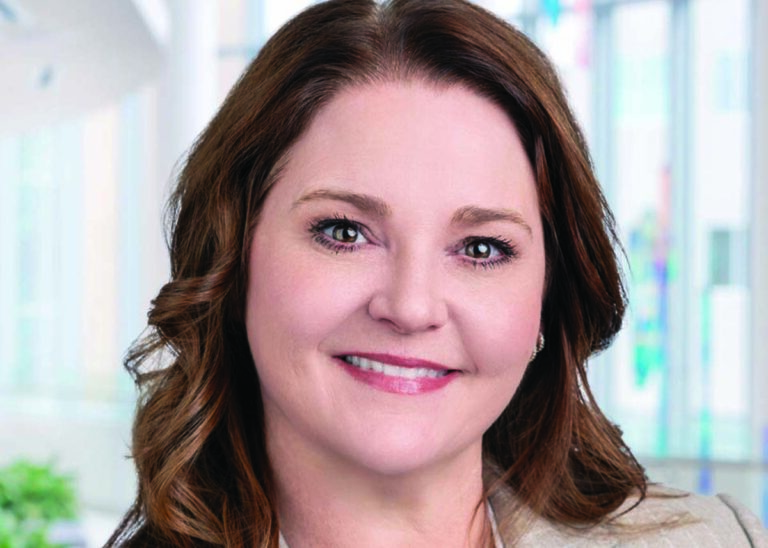Is there anyone who doesn’t remember the Beatles lyrics, “Will you still need me, will you still feed me, when I’m sixty-four”? For some of us, 64 seemed like several lifetimes away when we first sang along to this hit, and now many of us are there or even beyond this milestone.
Truth is, although falls can happen at any age, the risk increases at 65 years old and continues to rise as we get older. According to Jefferson County Public Health, “More than 10,000 Coloradans aged 65 and older are hospitalized for fall-related injuries each year, including 12 percent with traumatic brain injury and approximately one-third with hip or femur fractures.”
A fall can result in the loss of your independence. But don’t fret, you have taken the first step in fall prevention…. education. Read on to learn valuable information and safety tips on fall prevention as we age, for you or for someone you love.
Falling can result in serious injuries with devastating, life-changing ramifications. A fall leading to a hip fracture or head injury, for example, can result in hospitalization, a decline in functional ability, a lack of independence and the need for long-term care. According to the CDC (Centers for Disease Control), falling once doubles your chances of falling again. Being fearful of falling can contribute to a lower quality of life, limitation of activities and social isolation.
Reasons for falling are usually multifactorial. Visual impairment, a poorly lit room and carelessly placed shopping bag, for example. So, preventing falls also requires a multifactorial approach.
Make your home environment safer through modifications. Remove those trip hazards, have grab bars installed in shower/tub and by the toilet. Ensure a non skid surface in this area as well. Have good lighting and night lights for those treks to the bathroom after you have already gone to bed.
You are not too old to work out. There is some form of exercise to suit each of us, so have an evaluation by your primary care provider (PCP). Exercise improves strength, flexibility and balance, which is key to reducing your likelihood of falling. Activities such as walking, Tai Chi or dancing are evidence based in reducing overall fall risk. Look for Silver Sneakers programs in town or simply put on some comfortable, good fitting shoes with non-slip soles and go for a walk with a friend.
Regularly review all medications and supplements you take with your pharmacist or PCP. Fall risk increases with the total number of drugs taken. Some medications can contribute to dizziness or affect your balance. Alternatives may be suggested. Alcohol can affect balance as well so be mindful of your intake.
Your PCP can do a fall risk assessment to evaluate your abilities. If needed, assistive devices such as a cane or walker may be recommended. A physical therapist or your PCP can ensure you are using any recommended device properly. Also, get your vision and hearing checked annually as impairment in these senses can contribute to falls.
Becoming informed and following these proactive measures is key to living independently and safely as we age. Instead of falling and getting injured, listen to David Bowie and, “Let’s dance, put on those red shoes and dance the blues”!
Dr. Brittany Coveyou is an internal medicine physician at Lutheran Hospital.






